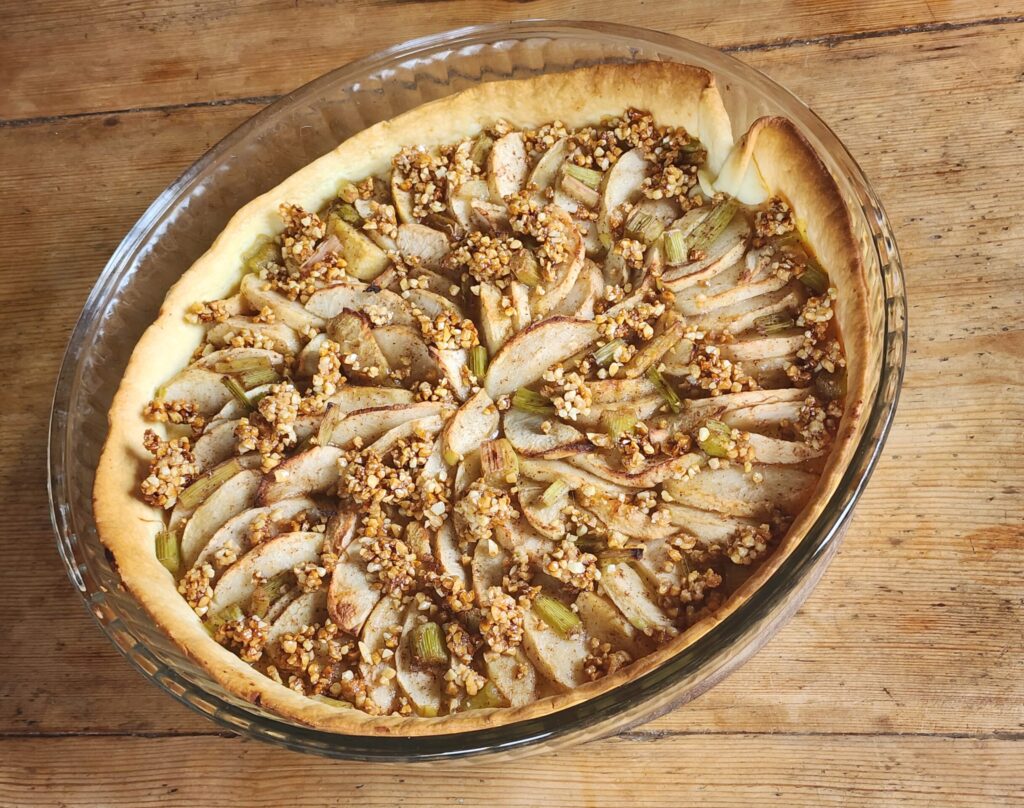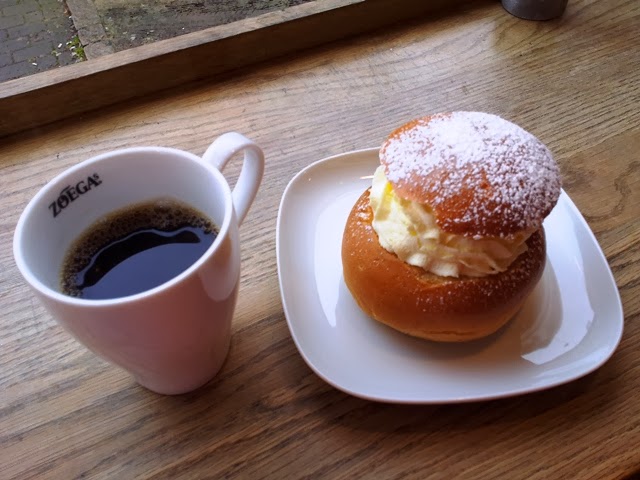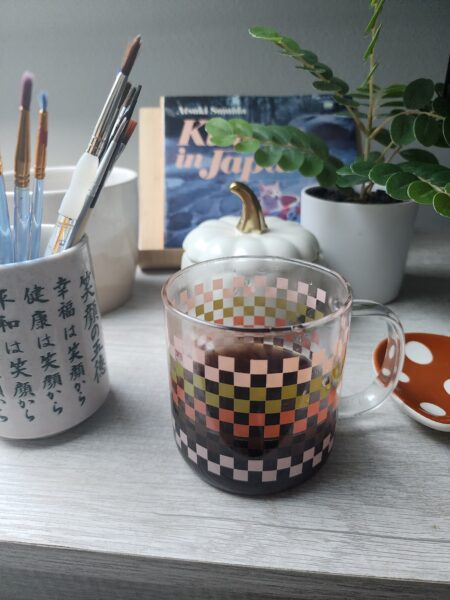
By: Michala Freeman
I’ve been looking for fun things to do in the Bay area surrounding a recent passion of mine: coffee.
So, when I had the opportunity to attend a coffee cupping at Telescope Coffee in San Francisco, I jumped at the chance.
It also gave me this excuse: “Can’t. I have plans, I’m going to a coffee cupping.”
Which sounds like some sort of a cultish ritual, and to be fair, it kind of is, to the devotees.
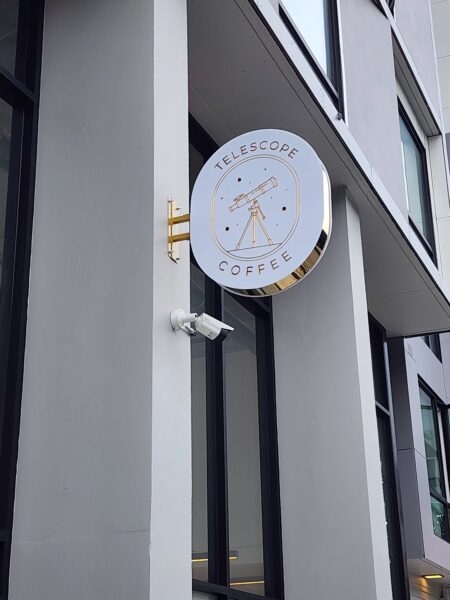
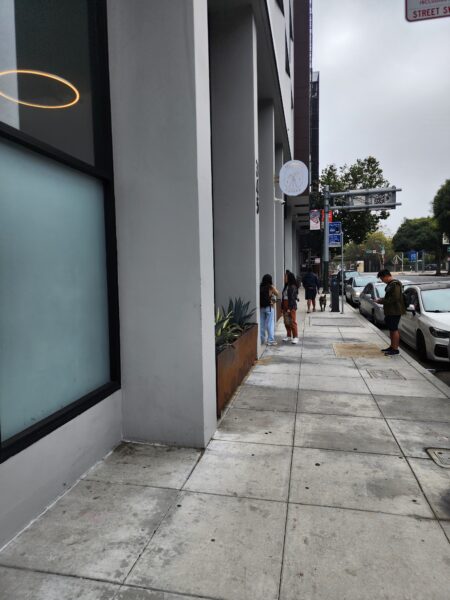
Telescope Coffee | 345 6th St, San Francisco, CA 94103 | Website
So, one gloomy Sunday in San Francisco, I found myself standing outside Telescope Coffee with fellow coffee enthusiasts.
We were welcomed into a cute cafe with an industrial vibe.
Jenny Huynh, owner of Cosmic Dust Coffee Roasters, gave us a very thorough overview of the difference between light roast and dark roast, the different processing methods and how it influences flavor, and the regional differences of coffee. Here are my takeaways from the experience.
What is coffee cupping?
Coffee cupping is a practice used to identify all the flavors that can potentially come from a batch of coffee. This is done by brewing coffee in bowls. This method is the most democratic process to bring to light whether the coffee would benefit from being brewed as espresso or batch brew. It helps give insight into the nuances or “potential” one coffee can express.
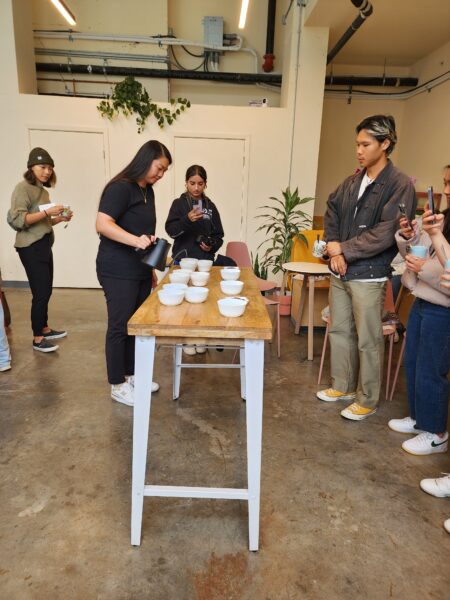
We sampled three coffees. One was from Colombia, one was from Kenya, and the last was a blend.
How is coffee cupping done?
S.O.P (Standard Operating Procedure)
Ground coffee is measured into the bowls and hot water is poured over slowly, counterclockwise at a ratio of 15 to 1. The ideal temperature for the water is about 195 to 205 degrees F. The coffee is left to brew for 4 minutes, allowing the grounds to naturally settle at the bottom, and the remainder are removed from the top with a spoon. This is called ‘breaking the crust’. Once grounds settle at the bottom of the bowl they are no longer extracting. The ideal time to taste the coffee is before 10 minutes have passed but after 8 minutes. This allows the coffee to cool enough to taste without becoming too hollow in flavor.
Steps for coffee tasting:
- Smell dry coffee grounds from each bowl.
- Smell brewed coffee from each bowl.
- Once 6-8 minutes have passed, sip from a spoon and taste. (Slurping coffee is one way to effectively taste the flavor profile.)
- Wash the spoon with water and repeat with the next bowl.
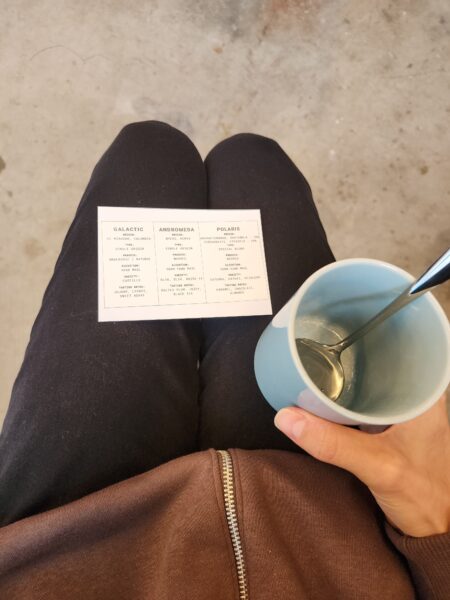
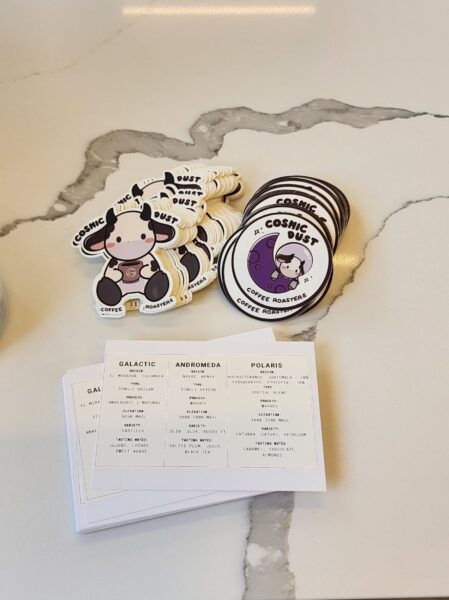
Lessons in Coffee: ‘Fruity’ vs. ‘Chocolatey’ Coffee
Different regions tend to produce different kinds of coffee due to factors such as climate, elevation, and soil.
On one end of the spectrum, we have “fruity” coffee. This coffee tends to be delicately balanced, acidic, and benefits from a lighter roast. The regions that produce ‘fruity’ coffees are places like Ethiopia and Kenya. The best method for brewing this type of coffee is pour-over or batch brew.
On the other end of the spectrum, we have “chocolatey” coffee. This coffee tends to be earthy, full-bodied, and benefits from a darker roast. The regions that produce these coffees are places like Guatemala and Costa Rica. The best method for brewing this type of coffee is with an espresso machine.
At the very end of the spectrum is a French roast, which is ‘chocolatey’ coffee roasted to the point that much of the nuances is gone. It produces a smoky flavor, like diner coffee.
Of course, there are many exceptions to this. Varietals can have a great influence on the flavor of coffee but so can the way it’s processed.
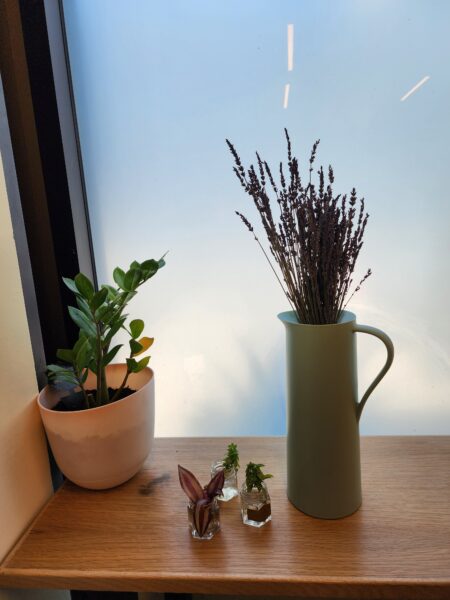
Processes: Exceptions to the Rule
Tasting the coffees illustrated the influence process can have on flavor, as with the Galactic blend.
The Galactic blend is from Colombia, which traditionally produces rich coffee with chocolate notes. Once the beans are extracted from the cherries, they are typically washed and laid out to dry. However, this coffee had been processed with experimental fermentation aka an ‘anaerobic’ or ‘natural’ process. Foran anaerobic process, they pump the cherries with CO2 and ferment them to lock in the flavors. She called this coffee a “fruit bomb”. It was described as having flavors of ‘lychee, agave, jujube’. I noticed how wildly different the flavor profile was for each taste. In one bowl I picked up melon flavor, and she said that with fruity coffees, it can be very subjective. One person can pick up notes of tangerine, another passionfruit, and both people are right because they are within the fruit profile.
You can buy a bag of ‘Galactic’ coffee here
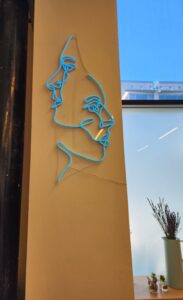
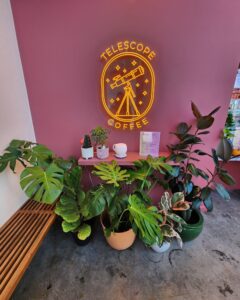
Final Takeaways
I came away from the class with a much better understanding of roasts, process methods, and regional differences. The instructor acknowledged that taste is subjective. For myself, I enjoy a light roast, but for my home brew I prefer a dark roast, or ‘chocolatey’ coffee, which I now know is related to coffees from certain regions, like Central and South America. This gave me a better understanding of what to look for when I select coffee.
I went into the class thinking that a dark roast is implemented to create a smoky flavor, but I came to realize that the coffee beans themselves dictate the kind of roast in order to create the best roast profile.
I didn’t know that coffee could have sour tastes, or be fruity in a tannic sort of way. The process dictated a complete 180 to the flavor that the coffee expressed. It made me think about coffee in a sort of infinite way and how many possible outcomes there are from a single bean. My head was spinning at this point, and it wasn’t just because I had too much light roast.
There was so much information to sift and sort through, to gain a greater understanding. I left with a greater appreciation of coffee and an amazing bag of Kenyan to make at home.
Check out this amazing woman-led business –> COSMIC DUST COFFEE
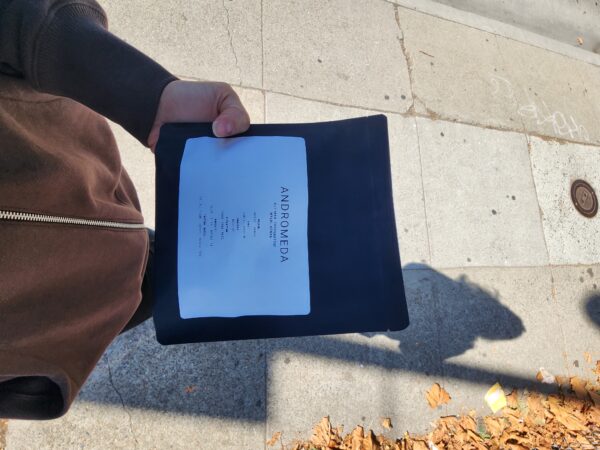
Cheers!
Michala

